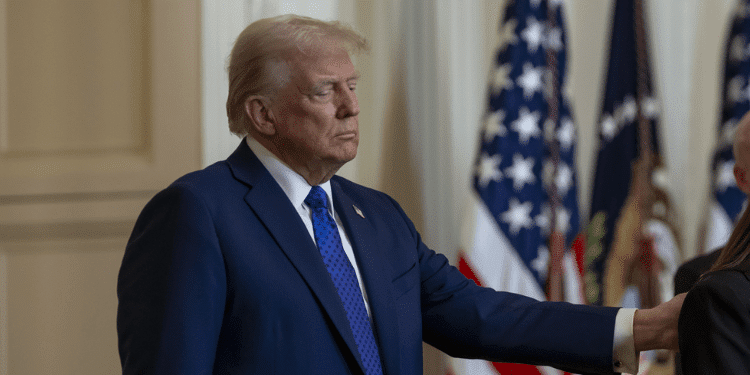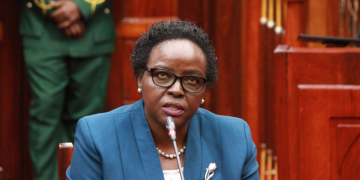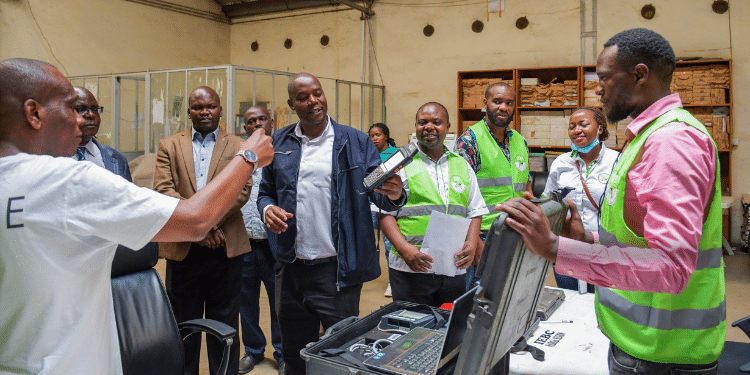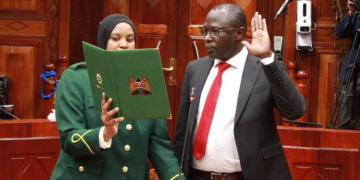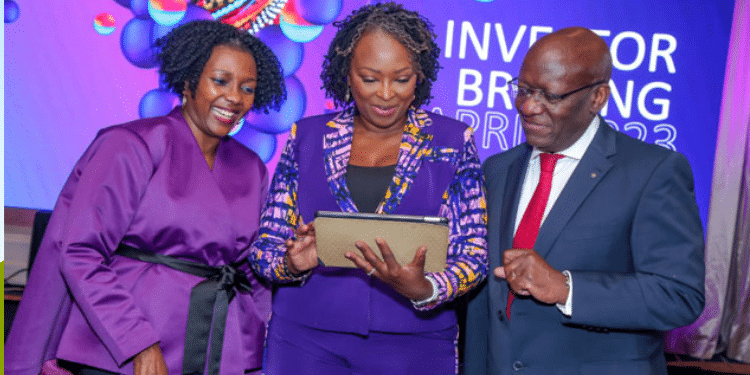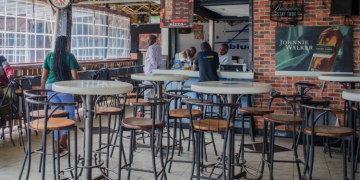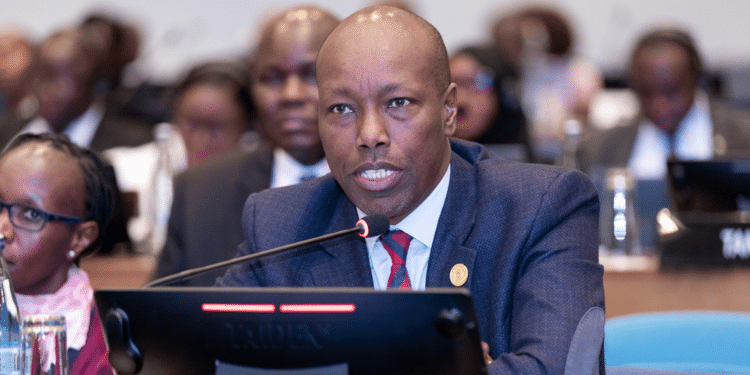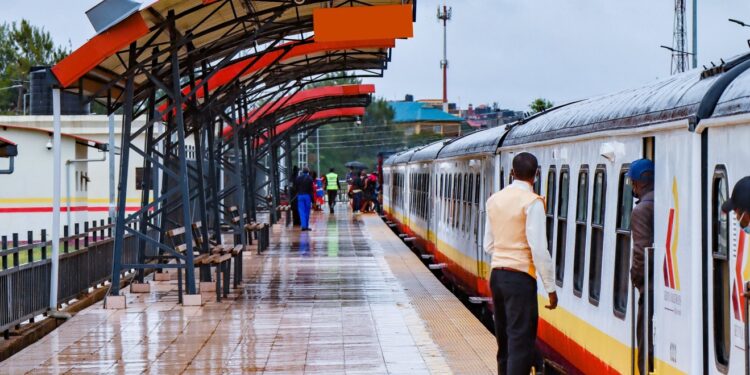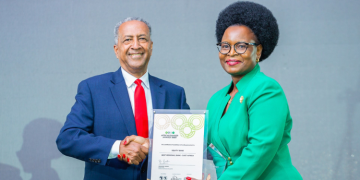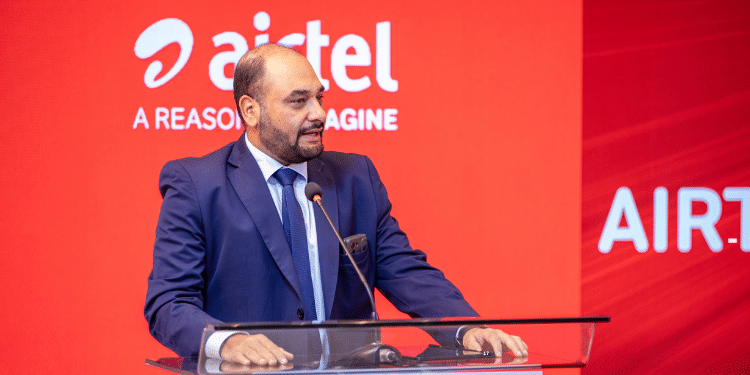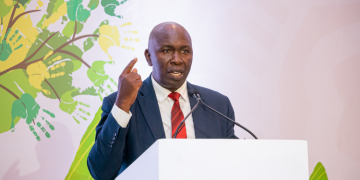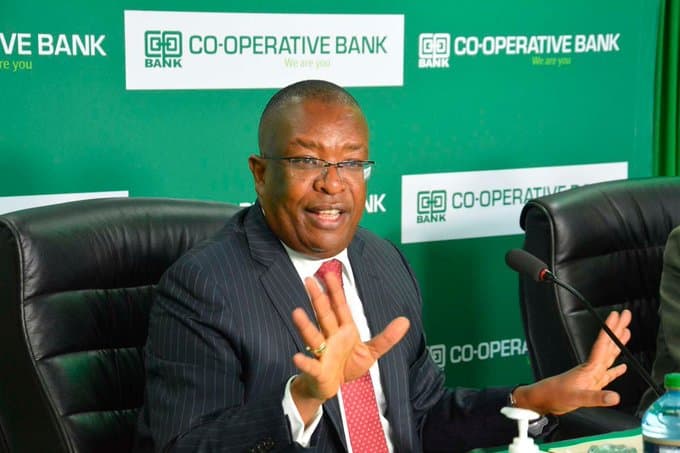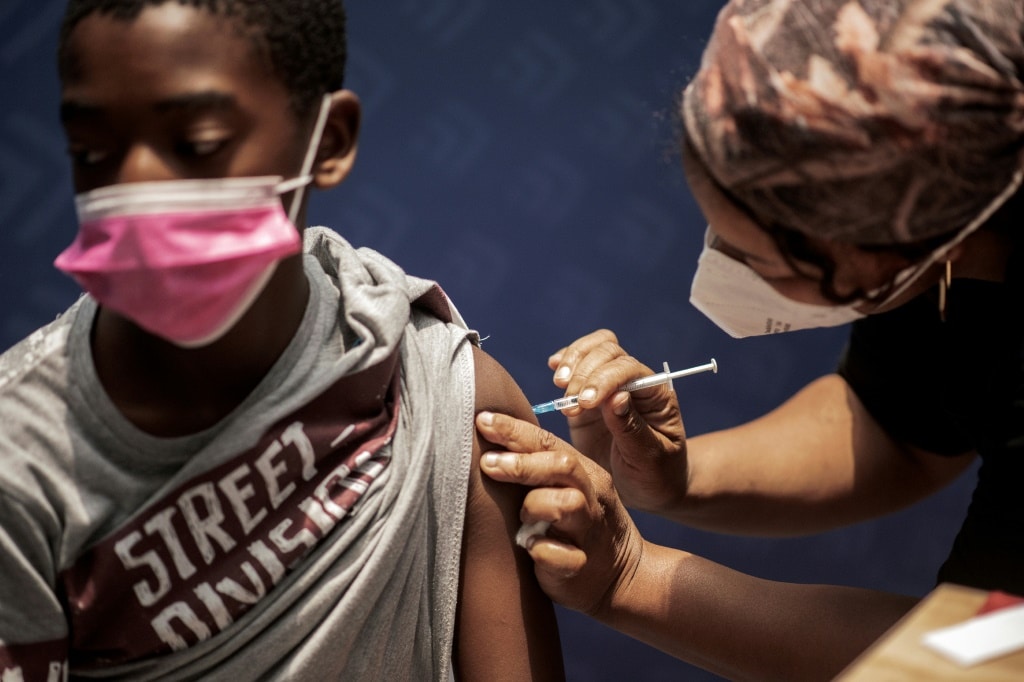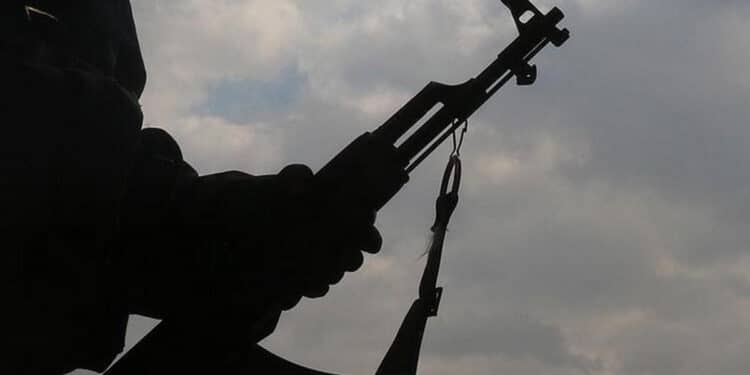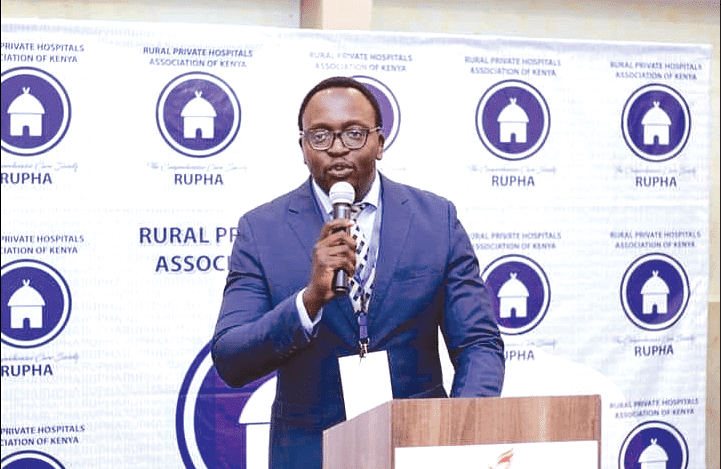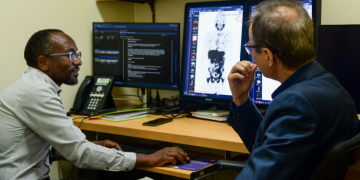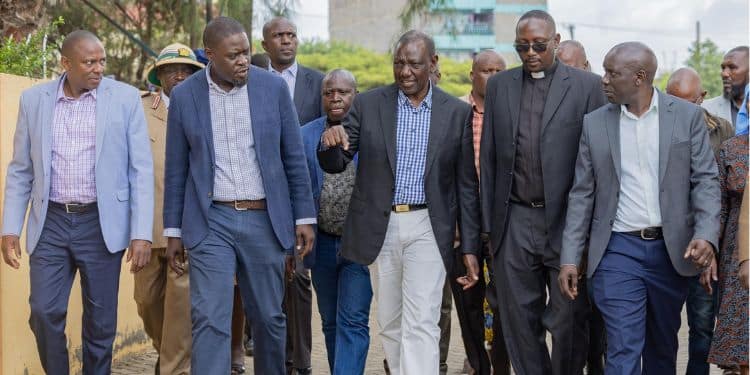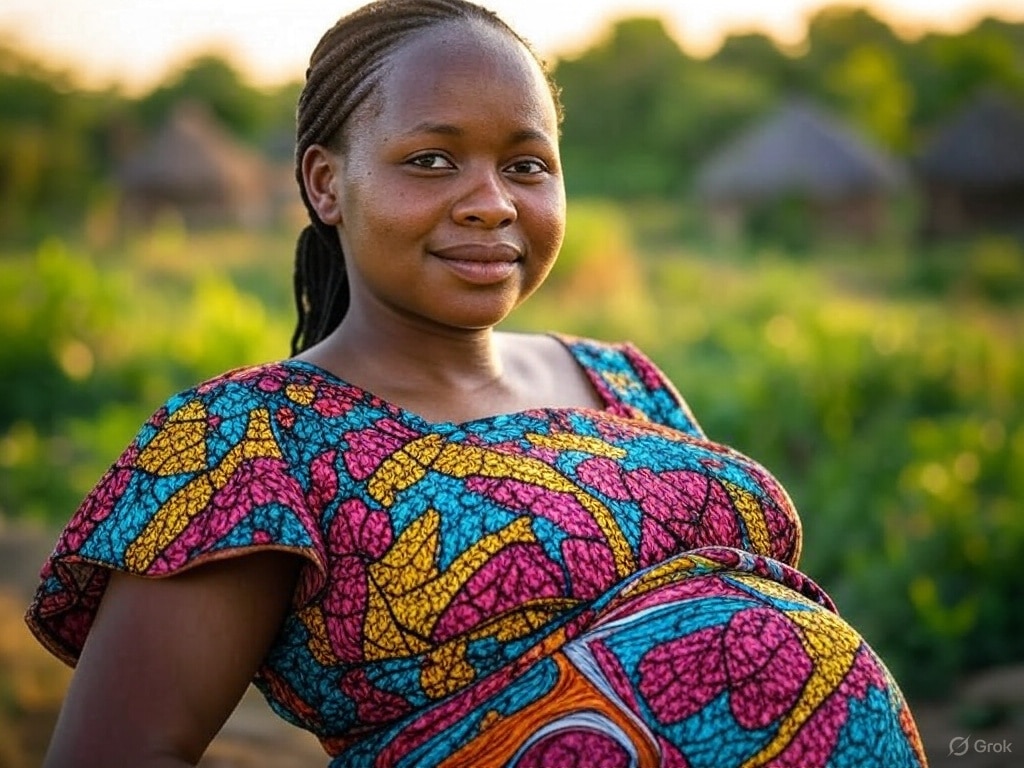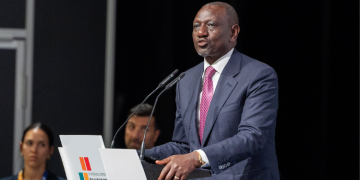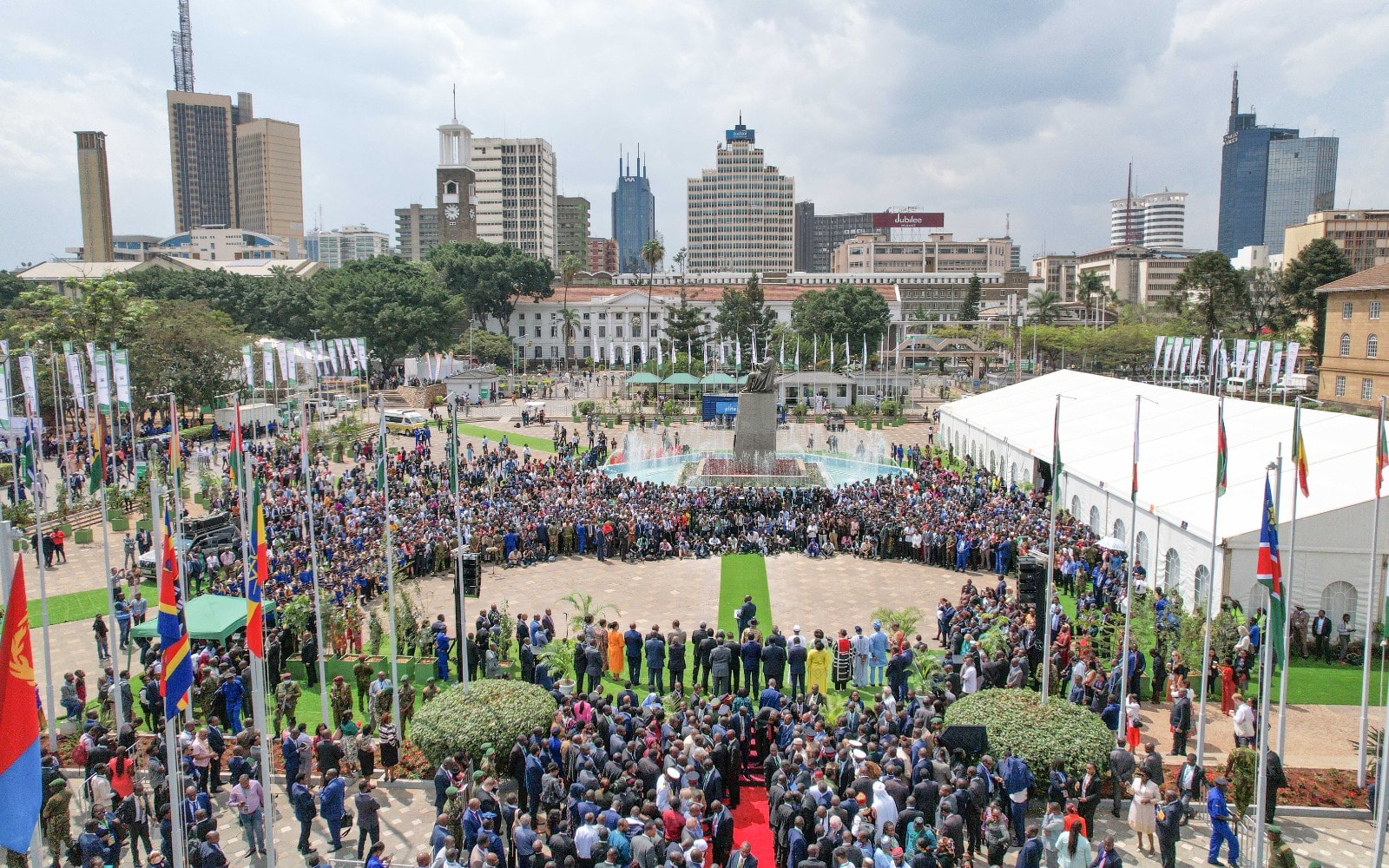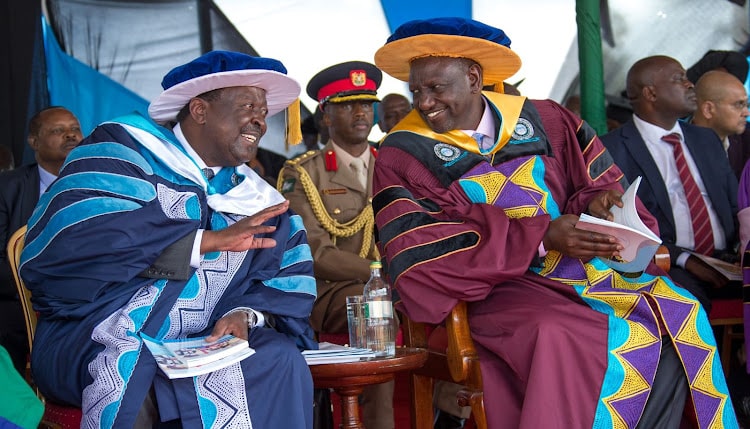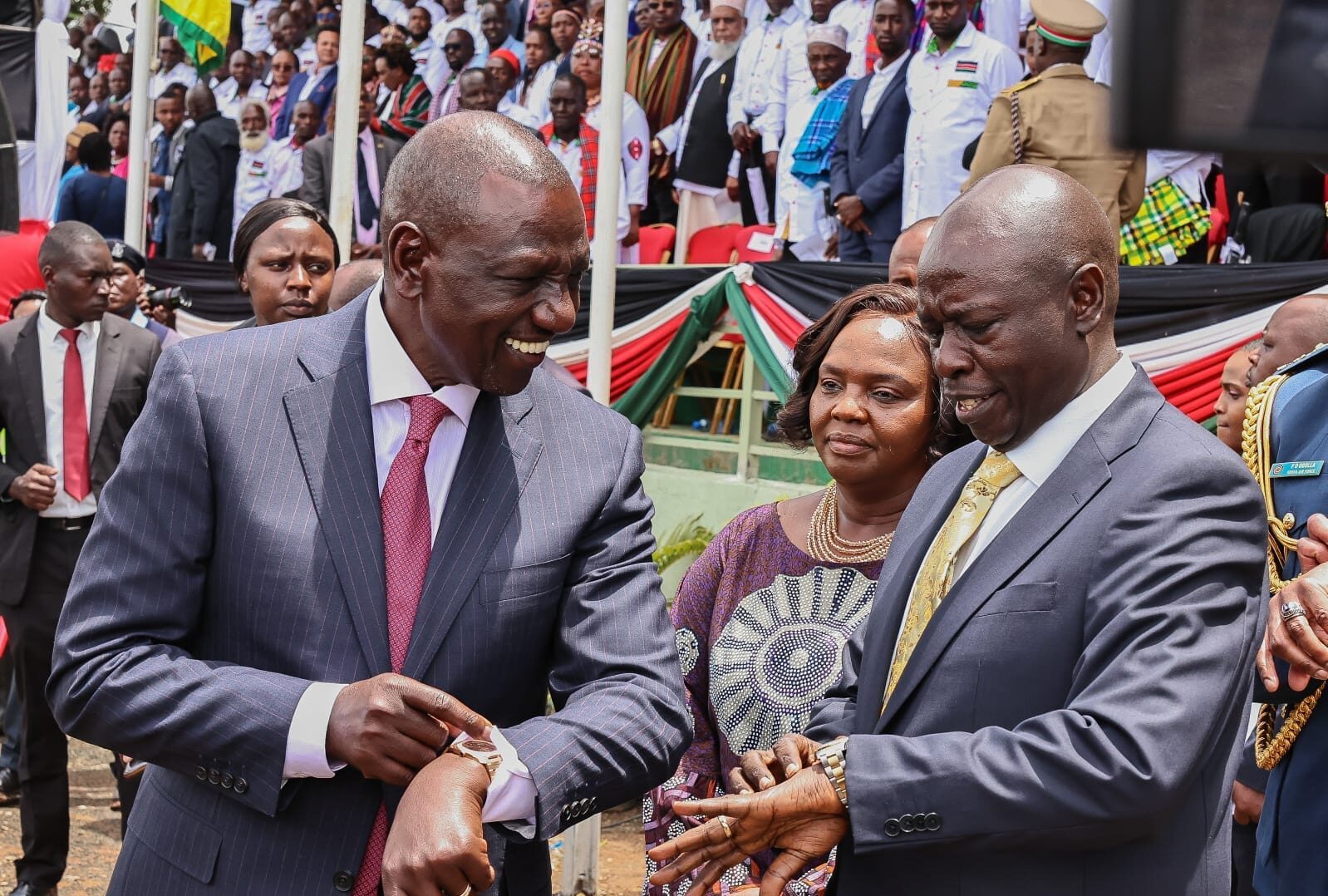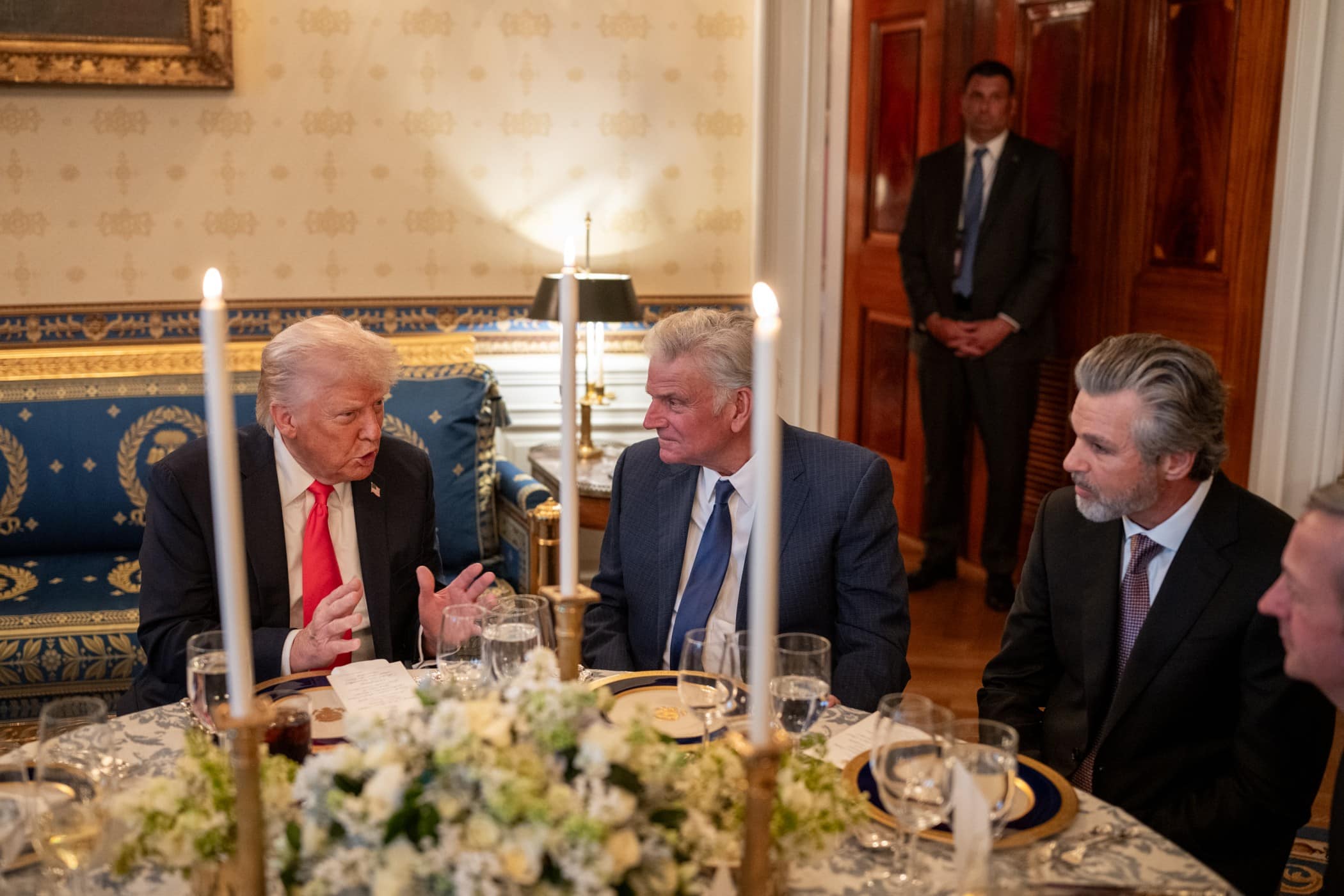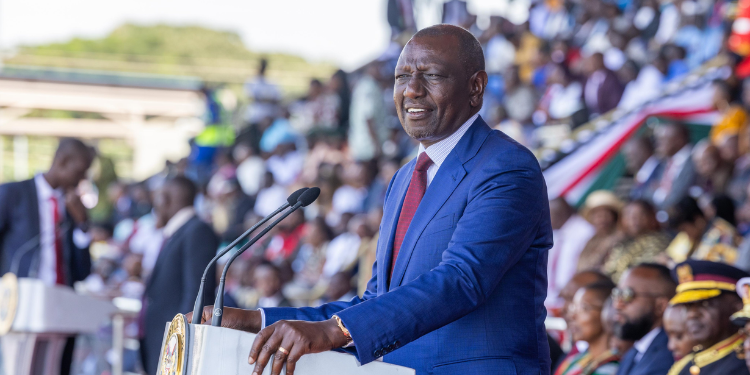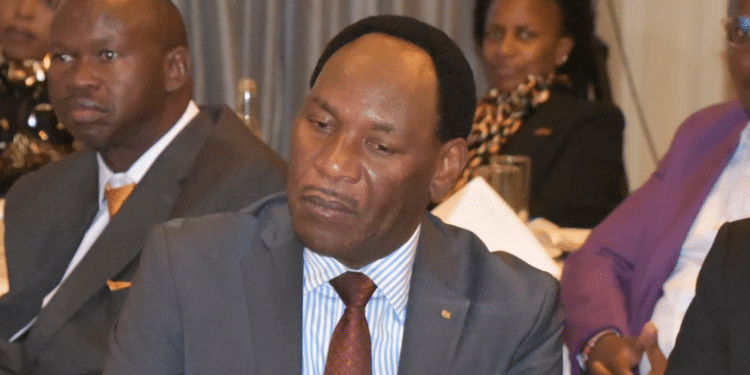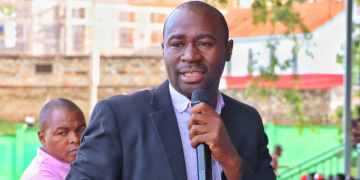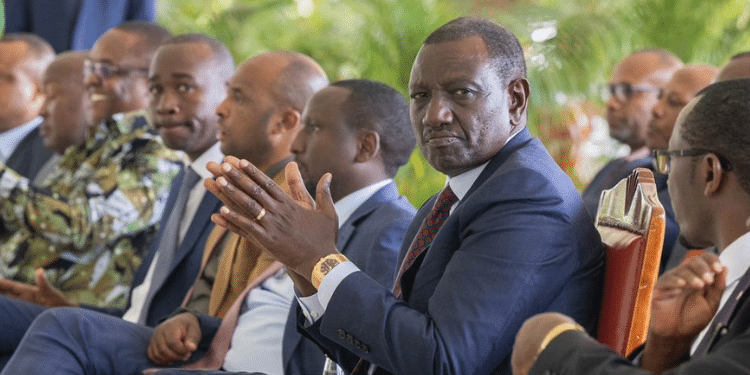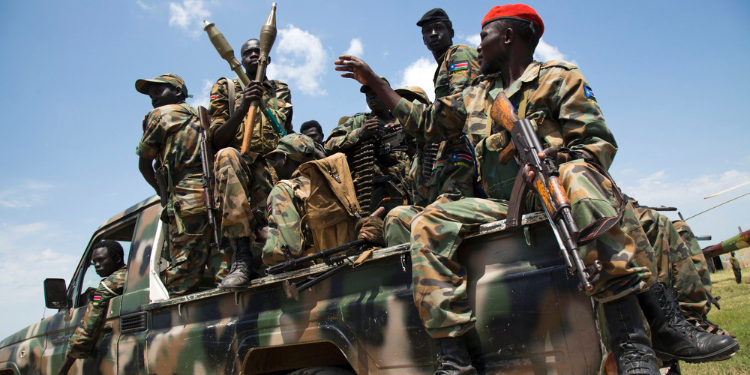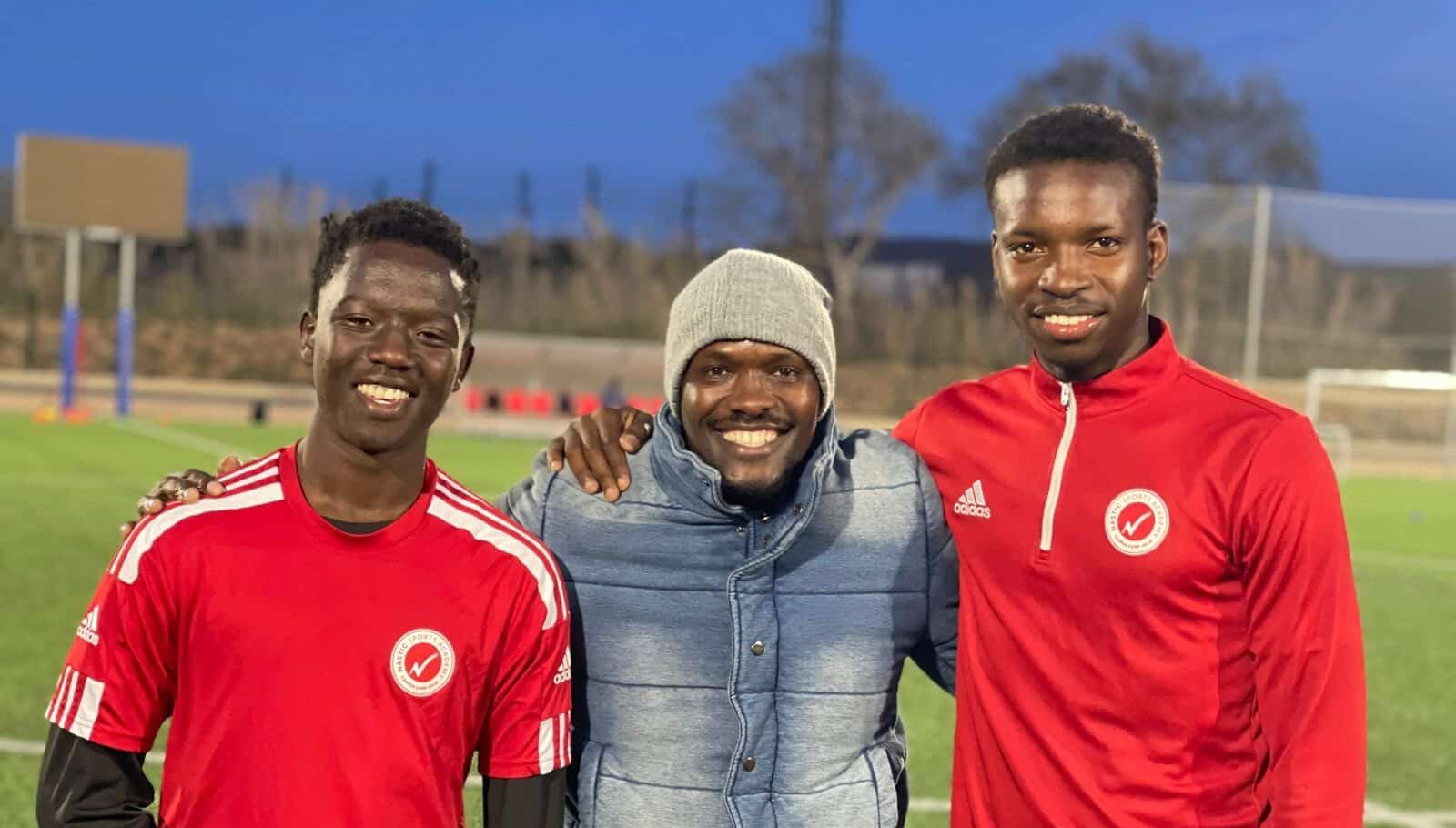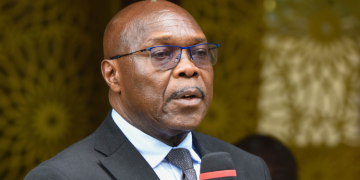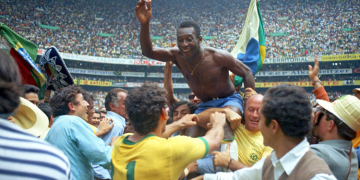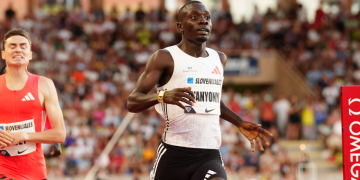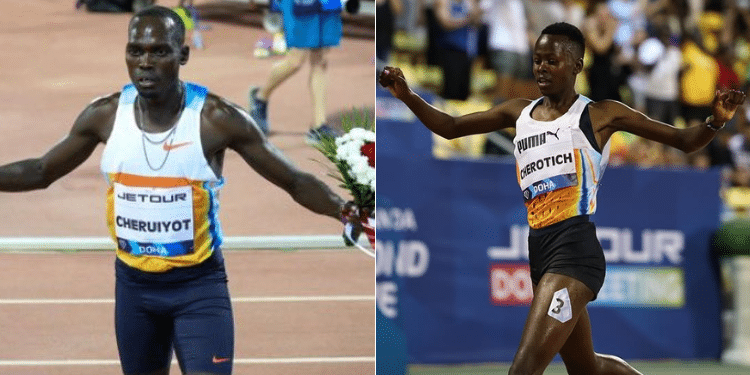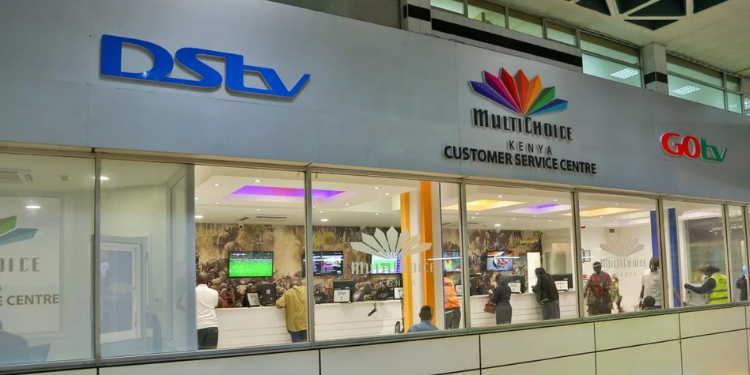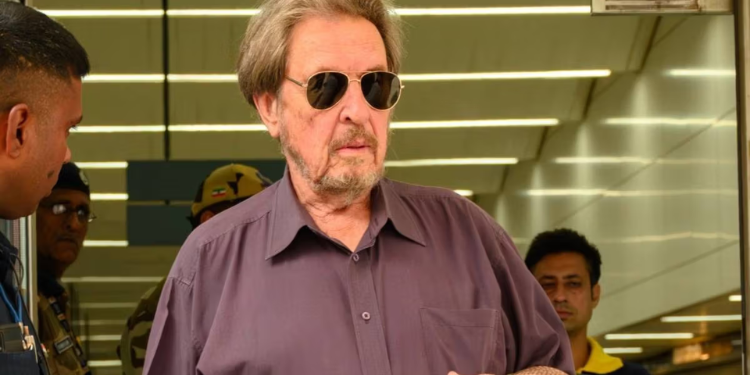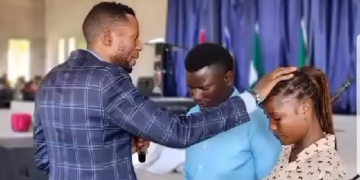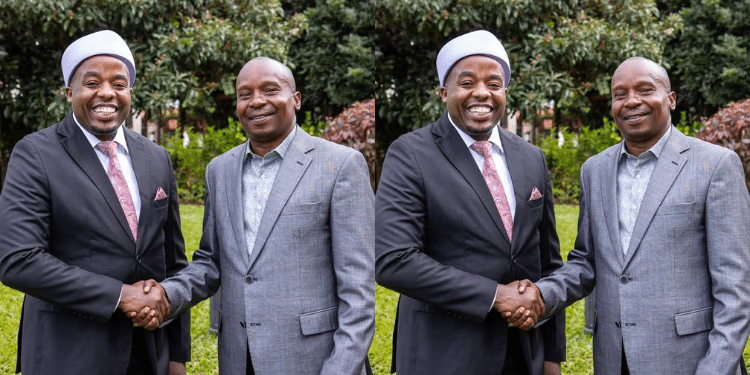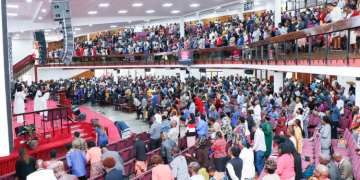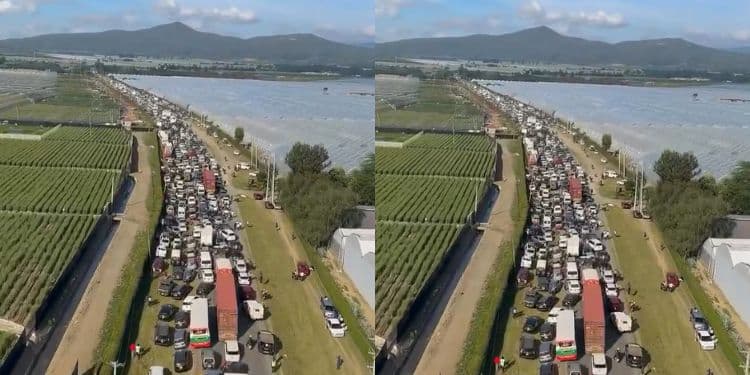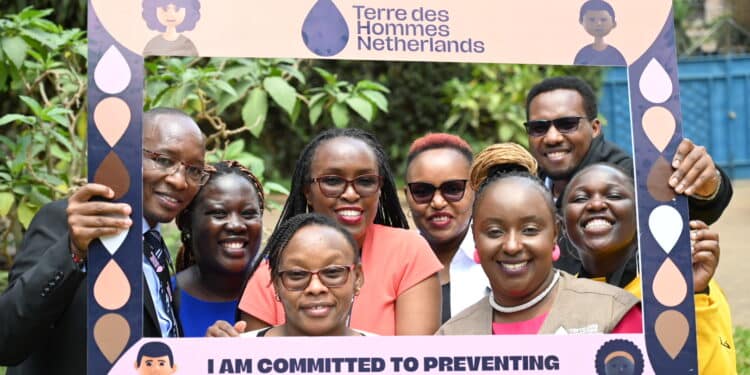It is one thing to give a child a microphone to speak their mind at a high-level forum in front of policymakers, and it is another to take the child’s sentiments seriously and use them to inform policies and programs for their good (even though the high-level forums are good spaces for children to engage). Let us do both!
Lately, child and youth participation has been gaining ground, and in some instances, become the “fashionable” thing to do. The question begging to be answered is: are we truly taking the voices of children and youth as seriously as we should?
Often, children are invited to events without fully understanding their purposes or goals, making them symbolic participants. They are praised for their bravery and applauded by adults eager to demonstrate that they are “listening”.
However, once the cameras stop rolling and the microphones are turned off, the real work begins—and it rarely includes the voices of those very children. One cannot help but wonder if this is what meaningful child participation looks like, or has it become just another buzzword or check mark that we can cross out?

What child participation really means
Meaningful participation calls for the recognition of children as rights holders who can influence matters that affect them. They are not merely beneficiaries of programmes or passive recipients of assistance; they have the potential to shape the programmes and policies that affect their lives, now and in the future.
Also Read: Why Africa Should Protect Her Children
When we fail to collaborate with them to turn their ideas, needs, and concerns into concrete action, we are doing them a disservice and miss out on valuable insights that could lead to more effective solutions.
To achieve this, we must understand power dynamics and learn to share power with those affected by the issues we seek to address- in this case, children.
Thankfully, we are gradually moving away from the notion that involving children means merely entertaining them with songs, poems, or dances.
While these performances often receive applause and admiration, true child participation is about ensuring that children have a voice in decisions that affect their lives, that children’s opinions are taken seriously.
It means giving them a seat at the table, where they can share their perspectives on issues ranging from education to climate change and protection from violence, and ensuring that these perspectives are taken into account in decision-making.
Often, decision-making processes and policy discussions are considered “too serious for children”, yet, these are the very policies and decisions that will impact their education, safety, access to healthcare, and other basic needs.
Who is better placed to inform how to design and shaping these policies than children themselves? We -adults, parents, caregivers, decision-makers, politicians and donors- have a duty and responsibility to translate the policies and discussions into child-friendly language.
This ensures that children not only have a seat at the table but can also contribute meaningfully to policy discussions and inform decision-making.
Challenges
There are also some obstacles on the road to child participation. The challenges facing children in Africa are overwhelming. Millions lack access to quality education, are forced into child labour, live in conflict zones, or face early marriage and exploitation.
According to UNICEF, over 98 million children in sub-Saharan Africa are out of school, millions are trapped in child labour, and an estimated 50 million children live in conflict-affected areas.
Furthermore, 34% of girls in sub-Saharan Africa are married before the age of 18, facing increased risks of exploitation. Despite these harsh realities, we still have not fully involved children in meaningful ways when shaping the policies and programmes aimed at addressing these critical issues.
Also Read: The Role of Child Protection Units in Combating SGBV
Children are not oblivious to the challenges they face. If anything, a child is a verified expert simply by virtue of being a child and having lived experiences. Often, they understand these challenges better than the adults who are tasked with solving them, as they suffer the consequences of poor governance, failing infrastructure, and climate change every day.
There is hope – child participation initiatives
Several recent initiatives have demonstrated the potential for meaningful child participation.
At the 2023 Africa Climate Summit and at COP28, children took the stage not as performers, but as advocates. They presented their concerns and offered solutions to problems arising from climate change and failing education systems, demanding accountability from leaders.
These examples show that when given the opportunity, children can and will contribute meaningfully to the discussions that shape their futures.
But the question remains: – what happened after the event? Were the childrens’ 10 calls to global and African leaders acted upon in any way?
While some initiatives might have emerged that align with children’s appeals, comprehensive tracking and transparency are needed to measure how leaders truly respond to the specific demands voiced by young advocates.
Yet, these examples remain the exception rather than the norm. Far too often, children’s input is ignored once the event ends, and their concerns are sidelined in favour of adult-driven agendas.
To truly make child participation meaningful, we must move beyond the superficial and involve children in every stage of the process, from planning to implementation.
Child participation in action
For instance, child rights’ clubs supported by Terre des Hommes Netherlands empower children to advocate for their rights at the local level, while child-led advocacy efforts by ChildFund on education are making strides in bringing children’s voices into the forefront of community development discussions. These examples show that children, when meaningfully engaged, can significantly contribute to shaping their own futures.
If we are serious about child participation, we must treat it as a core element of our work.
Policymakers and NGOs must commit to creating environments where children are genuinely included in decision-making processes.
This involves not just listening to children but also acting on their recommendations. It requires providing safe spaces for children to express their views, ensuring that these spaces are accessible to all children—including those with disabilities—and designing content that is age-appropriate and relevant.
We must also ensure that child participation is not limited to international forums but is practised at the grassroots level, where the majority of children live.
Communities must be educated on the value of child participation, and local leaders must be held accountable for including children in decisions that affect them.
Civil Society Organisations (CSOs) must also invest in learning and continually increasing their knowledge on meaningful child participation to better work with children and communities to improve child participation practice.
As we celebrate World Children’s Day, let us remember that child participation in Africa must evolve beyond songs, poems, and dances.
While these cultural expressions have their place and are extremely important, they should not be mistaken for meaningful child engagement.
There should also be a shift in the power dynamics between children and adults.
Op-ed article written by Raphael Kariuki, Regional Director, Africa, Terre des Hommes Netherlands and Chege Ngugi, Africa Regional Director, ChildFund International
Follow our WhatsApp Channel and join our WhatsApp Group for real-time news updates.

